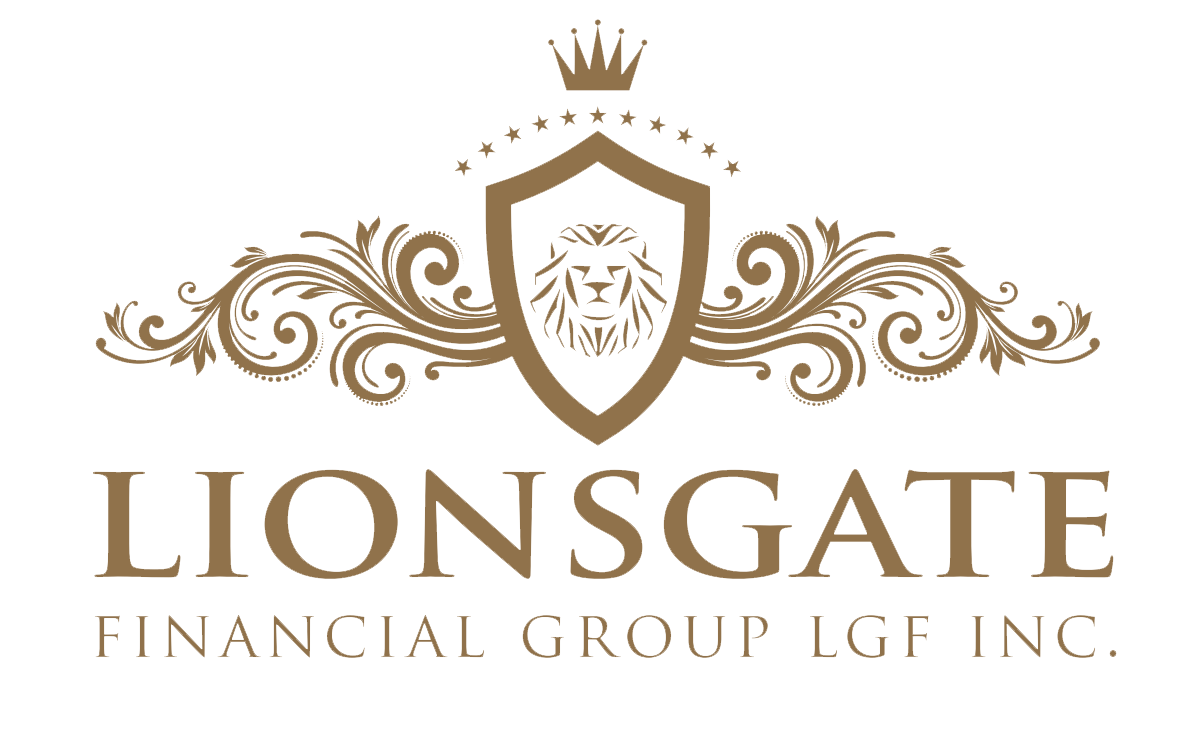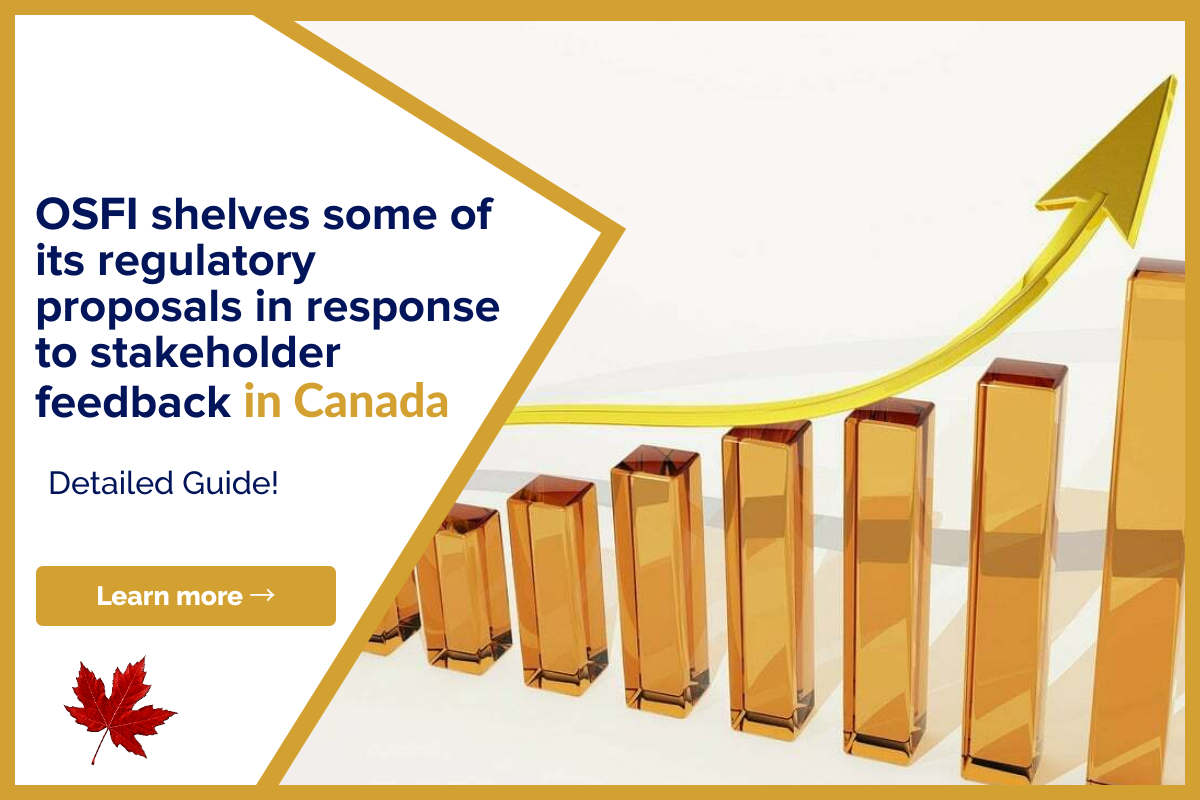During the early days of the mortgage business, brokers would require a lot of paperwork…

What is the Most Common Loan in Canada?
Now you can listen to our blog post, “What is the Most Common Loan in Canada?” while on the go.
A loan is a sum of money borrowed by an individual or organization that must be paid back with interest. Loans are a fundamental part of Canada’s financial system, providing people with the resources they need to finance their dreams, including buying a home, starting a business, or pursuing an education.
Loans are an essential part of Canada’s financial system, allowing individuals and businesses to access the funds they need to achieve their financial goals. However, with so many different types of loans available, it can be challenging to know which one is right for you. In this article, we’ll explore the most common loan in Canada, its benefits, and how to apply for it.
Overview of Loans in Canada
There are various types of loans available in Canada, including personal loans, auto loans, student loans, and business loans. Some of the most popular lenders in Canada include major banks like Royal Bank of Canada, TD Bank, and Scotiabank, as well as alternative lenders like Borrowell and Loans Canada.
Understanding the Most Common Loan in Canada
The most common loan in Canada is a mortgage loan. A mortgage loan is a secured loan used to purchase or refinance a property, with the property itself acting as collateral for the loan. Mortgage loans typically have a lower interest rate than unsecured loans since the property offers the lender more security.
According to a report by the Canadian Bankers Association, mortgage loans account for over 70% of all loans issued in Canada. This high percentage can be attributed to several factors, including the high cost of housing in major cities and the stability of the housing market in Canada.
Secured vs. Unsecured Loans
Mortgage loans are a type of secured loan, meaning they are backed by collateral. Unsecured loans, on the other hand, do not require collateral and are granted based on the borrower’s creditworthiness. While unsecured loans often have higher interest rates than secured loans, they may be a better option for borrowers who do not have collateral to pledge.
What is a Mortgage Loan?
A mortgage loan is a loan used to purchase or refinance a property. The borrower must make regular payments on the loan, which includes both the principal and interest. Failure to make payments can result in the lender foreclosing on the property.
There are various types of mortgage loans available in Canada, including fixed-rate mortgages, adjustable-rate mortgages, and variable-rate mortgages. Fixed-rate mortgages offer a stable interest rate over the loan’s term, while adjustable-rate mortgages can adjust the interest rate based on market conditions.
Why Mortgage Loans are the Most Common in Canada
Mortgage loans are the most common loan in Canada for several reasons. Firstly, they are the most accessible form of financing for buying a home, which is one of the most significant investments a person can make. Secondly, mortgage loans often have lower interest rates than unsecured loans, making them an attractive option for borrowers.
According to a 2019 report by the Canadian Mortgage and Housing Corporation, Canadians hold over $1.6 trillion in mortgage debt. This high amount of mortgage debt reflects the importance of housing in the Canadian economy.
How to Get a Mortgage Loan in Canada
To get a mortgage loan in Canada, you’ll need to follow a few steps. Firstly, you’ll need to determine how much you can afford to borrow by calculating your debt-to-income ratio. This ratio compares your monthly debt payments to your monthly income.
Once you know how much you can afford to borrow, you’ll need to shop around for a lender and get pre-approved for a mortgage. Pre-approval means the lender has reviewed your financial situation and has agreed to lend you a specific amount of money.
Next, you’ll need to find a property you wish to purchase and make an offer. If your offer is accepted, you’ll need to finalize your mortgage application by providing documentation such as proof of income, employment history, and credit history.
After the lender approves your mortgage application, you’ll need to sign the mortgage agreement, which outlines the terms and conditions of the loan. You’ll also need to pay a down payment, which is a percentage of the property’s purchase price. In Canada, the minimum down payment for a property is typically 5% of the purchase price.
Benefits of a Mortgage Loan
Mortgage loans offer several benefits to borrowers. Firstly, they allow individuals to purchase a property and build equity over time. Secondly, mortgage payments are often lower than rent payments, making owning a home more affordable in the long term.
Mortgage loans can also be used to consolidate debt, allowing borrowers to pay off high-interest credit card debt or other loans by using their property as collateral. This can result in lower monthly payments and interest rates, as well as a quicker path to debt freedom.
Risks of a Mortgage Loan
While mortgage loans offer numerous benefits, they also come with risks. Failure to make mortgage payments can result in foreclosure, which means the lender can take possession of the property and sell it to recover their losses. Foreclosure can have severe consequences, including damage to credit scores and difficulty obtaining future loans.
Another risk of mortgage loans is interest rate risk. Interest rates can fluctuate over time, which can impact the borrower’s monthly payments. If interest rates rise significantly, borrowers may find themselves with unaffordable monthly payments, which can lead to default or foreclosure.
Conclusion
Mortgage loans are the most common loan in Canada, offering individuals and businesses access to the funds they need to purchase or refinance a property. These loans provide several benefits, including low-interest rates and affordable monthly payments, but also come with risks such as foreclosure and interest rate fluctuations.
If you’re considering a mortgage loan in Canada, it’s essential to do your research, understand the terms and conditions of the loan, and shop around for the best interest rates and lenders. With proper planning and preparation, a mortgage loan can be an excellent way to achieve your financial goals.
Frequently Asked Questions
- What is the minimum down payment for a property in Canada?
- The minimum down payment is typically 5% of the property’s purchase price.
- What is the debt-to-income ratio, and why is it important for getting a mortgage loan?
- The debt-to-income ratio is a comparison of your monthly debt payments to your monthly income. Lenders use this ratio to determine how much they can afford to borrow.
- Can mortgage loans be used to consolidate debt?
- Yes, mortgage loans can be used to consolidate high-interest debt such as credit card debt or other loans.
- What are the risks of a mortgage loan?
- The risks of a mortgage loan include foreclosure and interest rate fluctuations.
Need Some Extra Cash to Help Your Finances? Try Lionsgate!
Are you struggling with your financial needs and need some extra cash? Lionsgate can help. Just fill out the form below, letting us know all your money or mortgage requirements, and we will find the best lender for you. Amazing thing? The process is free, and you can quit it at any time.
We have a team of experts that analyze your requirements and pick the best lender for you with prudent advice.
Note: Please give your authentic information while completing the form below.
Please share this article on your social media profiles if you found it helpful. Also, visit our blog to read similar helpful articles on finance, real estate, and getting mortgages.




